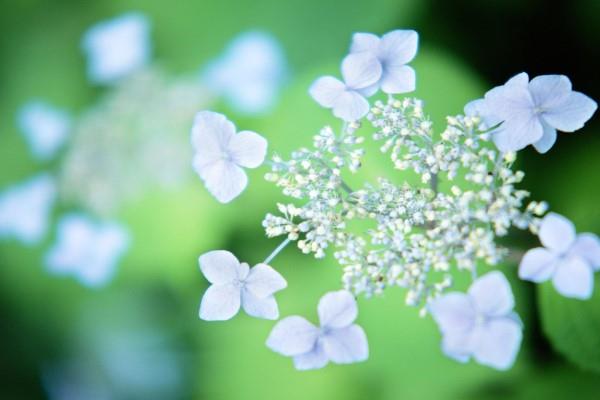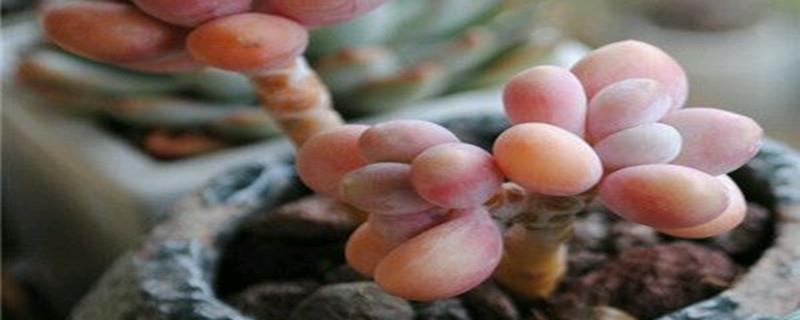Common types of flower diseases
Last Update :2024.10.30
Article Catalog
Common types of flower diseases
No matter what kind of flower, once it gets sick, it will no longer bloom beautifully. In order to ease the hearts of all flower lovers, the editor has sorted out the common types of flower diseases. As the saying goes, know yourself and the enemy, and you will never be in danger. Once you understand these disease types, you will be able to prescribe the right treatment when you find that your flowers are experiencing similar symptoms.

Common types of flower diseases
Common disease types of flowers
Plant disease types can be roughly divided into four major categories: fungal diseases, bacterial diseases, viral diseases, and physiological diseases.
Fungal diseases
Fungal diseases account for the largest proportion of diseases. The vegetative body of fungi is mainly mycelium, which grows inside and outside the plant. When it grows to a certain stage, it will produce spores and continue to reproduce. The environment where fungal diseases occur is mostly humid, and mold and powder will grow on the tissue of the host. From the outside, fungal diseases manifest themselves in symptoms such as rot and discoloration, tissue necrosis, wilting and deformity, ulceration and damping-off.

Bacterial diseases
Bacterial diseases Disease
The proportion of plants infected by bacterial diseases is small, and most of them are acute necrosis. The external manifestations of bacterial diseases include spots and ulcers at the affected site, and water-stained, oil-stained, and bacterial pus may appear on the lesions.

Viral diseases
Viral Diseases are mainly caused by virus invasion and infection, which harm many types of flowers and plants. From the outside, viral pathogens appear as plant discoloration, spots, rings, and bright veins. Symptoms include clustering, dwarfing, deformity and necrosis. The source of the virus is mainly transmitted through the mouthparts of various insects inhaling plants.

Physiological diseases
Physiological diseases Diseases are mostly caused by unfavorable environments, such as high temperature, low temperature, or lack of nutrients, and other external causes. The specific manifestations on the outside of flowers are: fallen leaves. Fruit drop, branches and leaves turning yellow, etc.

- END -
The difference between Peach Beauty and Peach Egg

Different varieties: Peach beauty belongs to the Crassulaceae family and the genus...
These 6 kinds of flowers must not be basked in the sun randomly, otherwise they will die if they are

Some flowers only grow well in a semi-shady environment. If they are forced to be ...